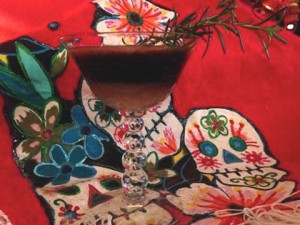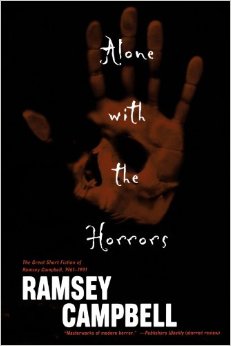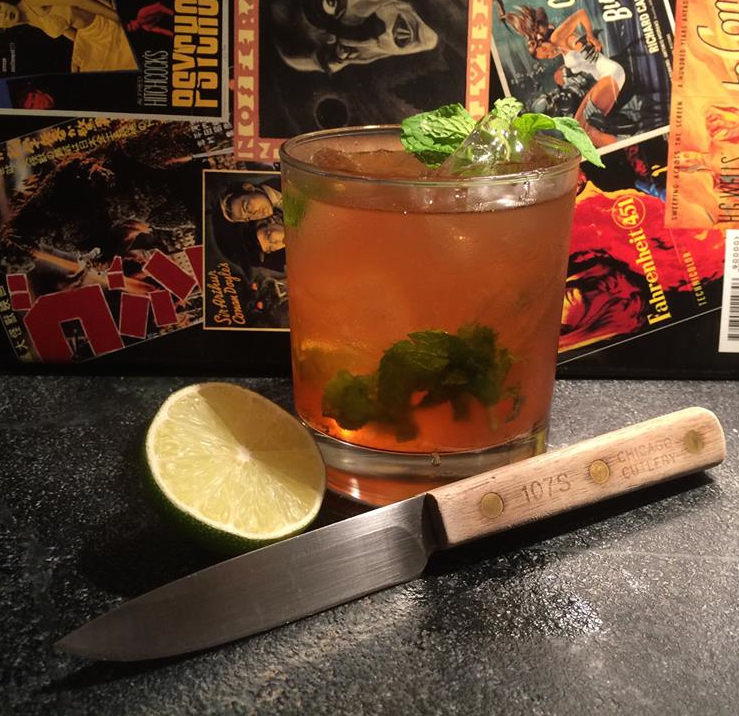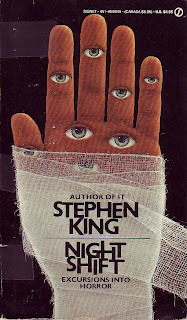To my mind, there may be no better writer of horror short stories than Britain’s Ramsey Campbell.
Beyond his beautiful — sometimes oblique — prose, Campbell is a master at tapping into the subconscious fears we all carry from childhood. His stories are full of shadows that stalk us, frightening figures watching from a distance and unknowable things that slither in the dark.
His Christmas-themed short story “The Chimney” is a perfect example.
Its 12-year-old protagonist is a sensitive soul, afraid of the strange noises that lurk in the darkness of his family’s house. Among the scariest are those from the drafty chimney in his bedroom. In Campbell’s hands, the boy’s nightly lights-out becomes a surreal trip into a tunnel of horror — and likely similar to ones we experienced in our own childhoods as we awaited slumber.
“The shadows moved things,” Campbell writes. “The mesh of the fireguard fluttered enlarged on the wall; sometimes, at the edge of sleep, it became a swaying web, and its spinner came sidling down from a corner of the ceiling. Everything was unstable…”
Of course, the boy’s parents are no help. He’s coddled by his smothering mother, while his fear becomes an embarrassment for his no-nonsense father. Both are unable, for their own reasons, to break the news to him that Santa Claus doesn’t exist — even though he’s quickly drawing his own conclusions.
With his imagination left to wander, the young protagonist frets that Father Christmas — or some dark version of Father Christmas — is the source of the mysterious noises. While Campbell could take the theme in a campy direction, he never does. He lets our imaginations fill in the blanks, and the dark figure that finally appears to crawl from the flue is truly terrifying.
Campbell is a master of gut-punch endings, and “The Chimney” packs one. Don’t worry, I won’t give it away. Suffice to say you won’t see it coming, but when it arrives, it works within everything he laid out in plain view during the story’s set-up.
“The Chimney” is a great, gruesome antidote for forced holiday cheer, and precisely the kind of story that warrants reading with a good cocktail in hand. May I suggest the Black Santa, which combines the mystery of black vodka with seasonal flavors.
Black Santa
1/4 cup orange juice
1/4 cup cranberry juice
1/2 ounces Triple Sec
1 1/2 ounces black vodka, such as Blavod, or make your own
Rosemary sprig, for garnish
Shake the juices and strain into a glass. Using the back of a spoon, pour black vodka slowly into a glass so it rests menacingly atop the juice mixture. Carefully slip the rosemary sprig into the glass for a garnish.
Tune in Monday when I ask other writers, fans and artists to sound off on their favorite holiday-themed horror, fantasy and sf stories.




